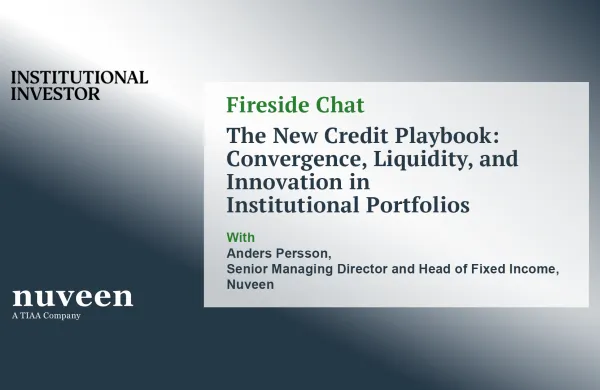Another exchange-traded fund newcomer is planning another suite of first-of-their-kind funds, hoping to take another step toward actively managed ETFs.
Money manager Claymore Advisors has filed for Securities and Exchange Commission approval of its first five ETFs. Garnering the most attention is a proposed offering, the Claymore-Sabrient Stealth Portfolio, which would track stocks with little-to-no analyst coverage in order to take advantage of the so-called “neglected stock effect.” Scott Martindale, a senior managing director at index provider Sabrient Systems, told The Wall Street Journal, “Stocks that are not heavily followed and not widely owned tend to be available at a lower price and outperform over time.”
Another proposed fund, the Claymore-Sabrient Insider Sentiment Portfolio, will seek to own 50 stocks “reflecting favorable corporate insider buying trends and Wall Street analyst upgrades,” the Journal reports. Claymore has also filed a fund that shifts between sectors, a dividend fund, and a BRIC fund, tracking Brazil, Russia, India and China.
Claymore’s proposed funds, particularly the Stealth Portfolio, has raised some eyebrows and elicited some harsh words from industry followers. Calling the Stealth fund “just the latest in the out-of-control creation of ETFs that’s been going on lately,” TheStreet.com’s Jim Cramer rails that “these instruments are now taking on all aspects of stupidity…. All of these ETFs just serve to confuse people and fake them out of diversifying.”
“The idea really is a bet that the industry is wrong and slow,” writes financial adviser Roger Nussbaum on the SeekingAlpha blog. “I’m sure they have great data to support the idea, but it might be a tough bet to make.” MarketWatch’s Mark Hulbert points out that “neglected” stocks tend to have very small market capitalizations and very little liquidity, “so gains that look good in an academic study often turn out to evaporate in the real world,” though he concedes, “to the extent that neglected stocks have promise, an exchange-traded fund would appear to be a preferable way of investing in them.”
Citing the SEC’s quiet period for newly filed securities, Claymore would not comment on the ETFs, the Journal reports. The funds, if approved, are to list on the American Stock Exchange.




